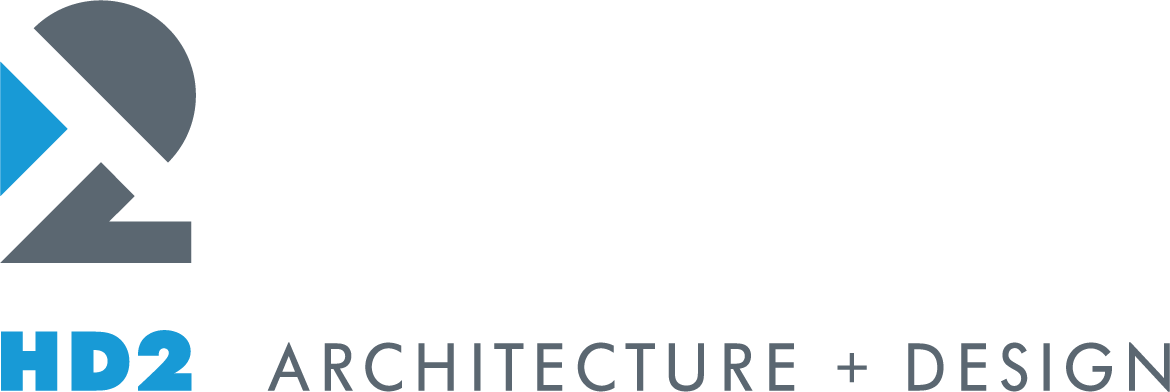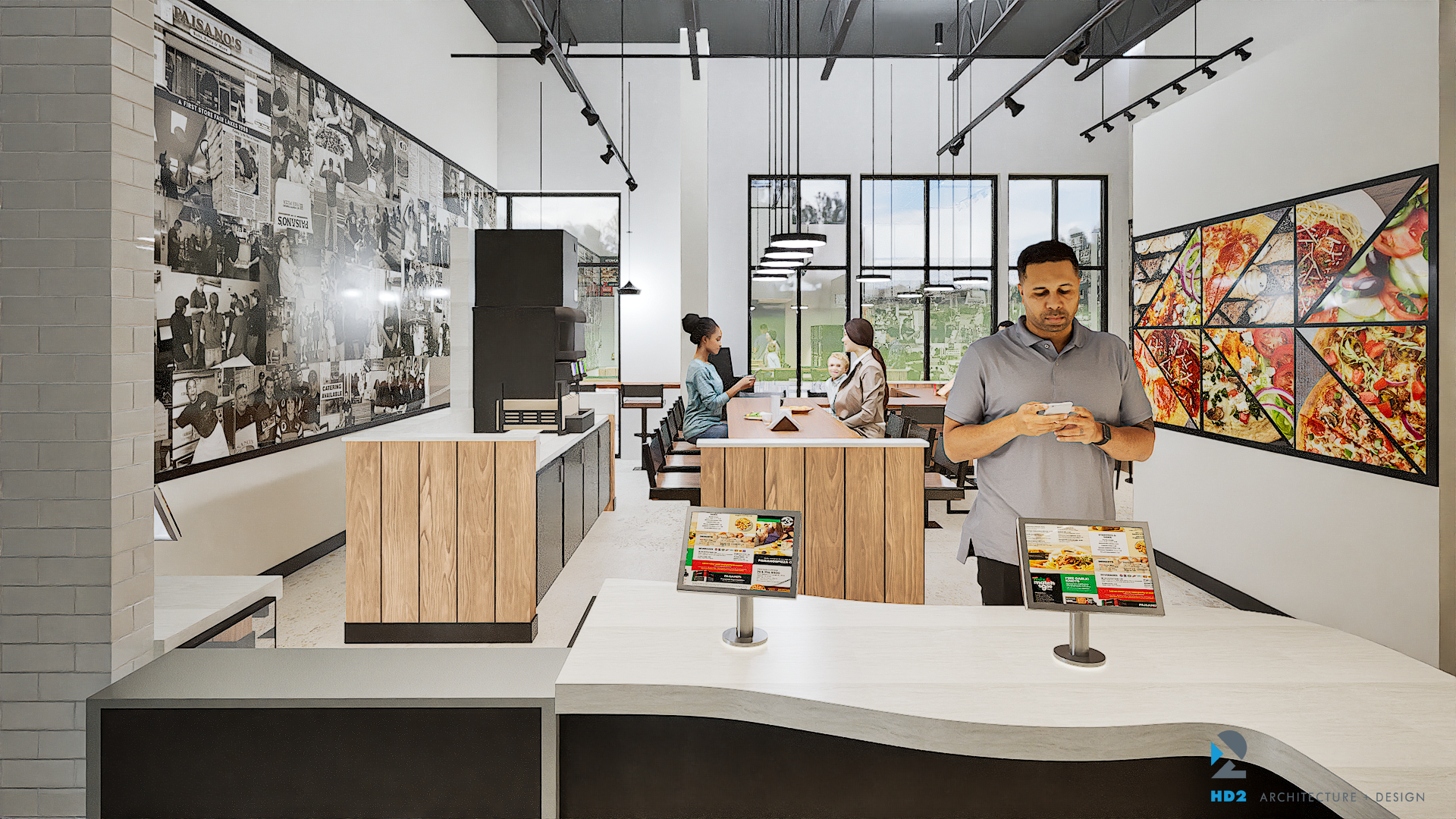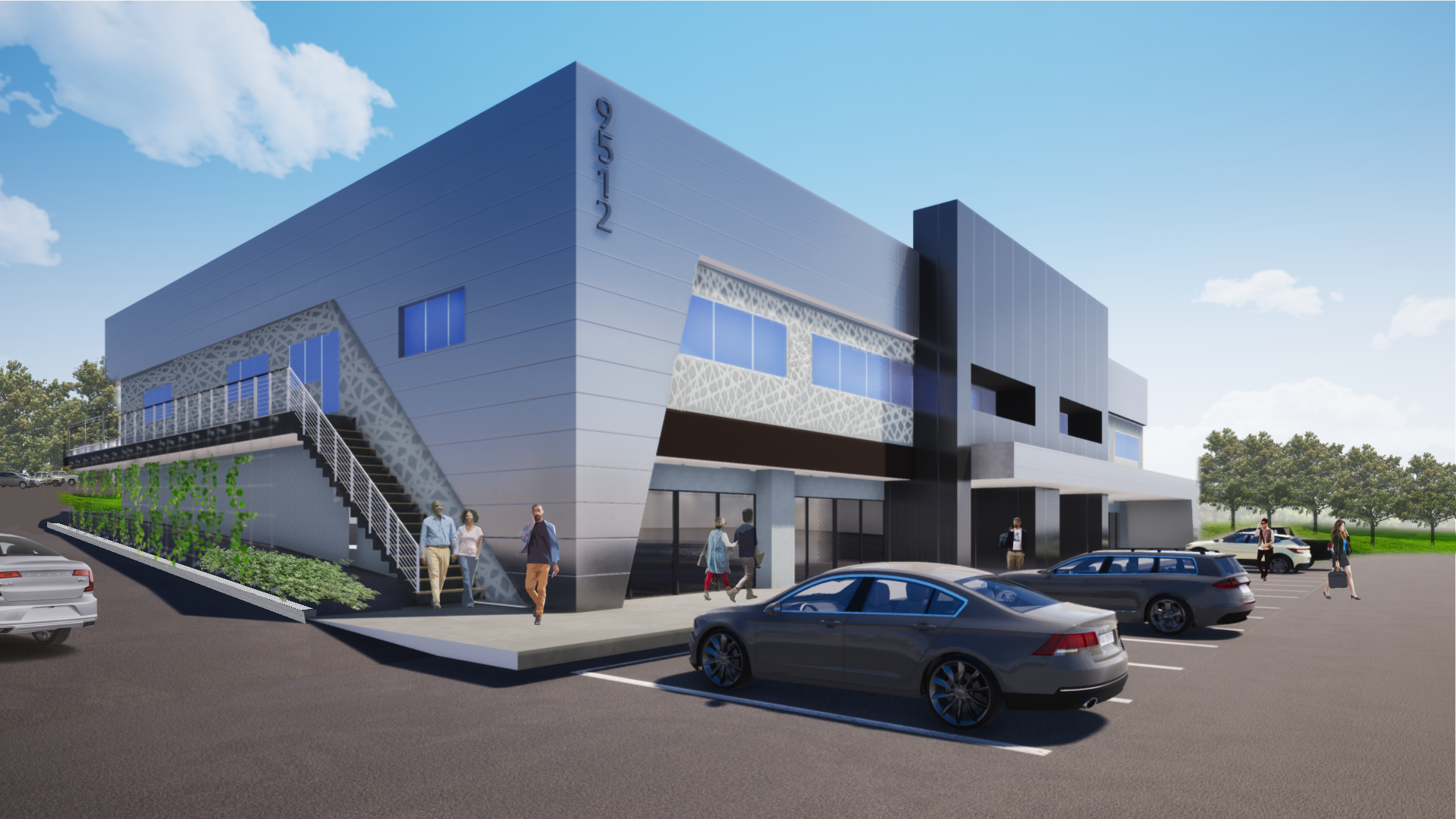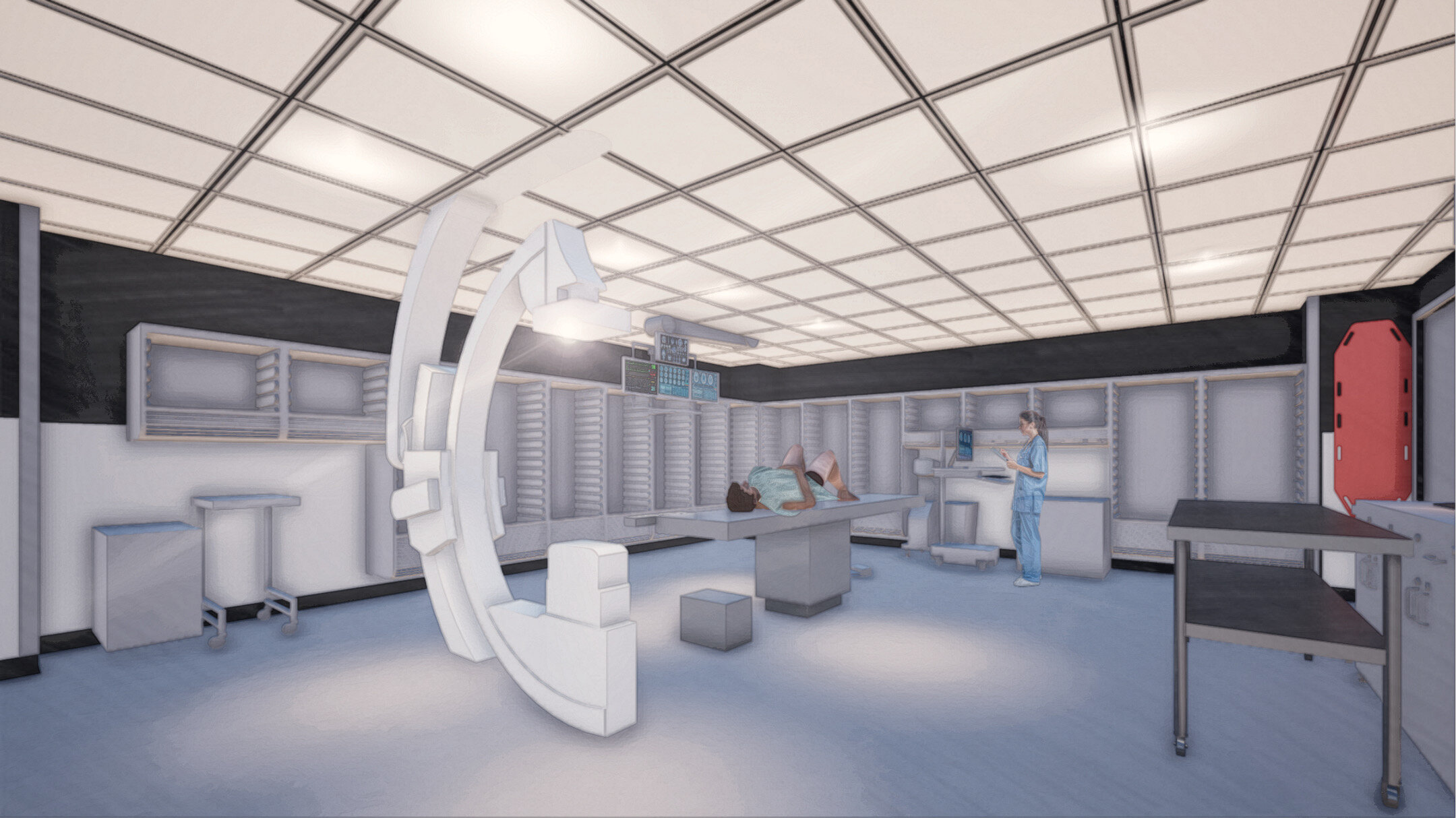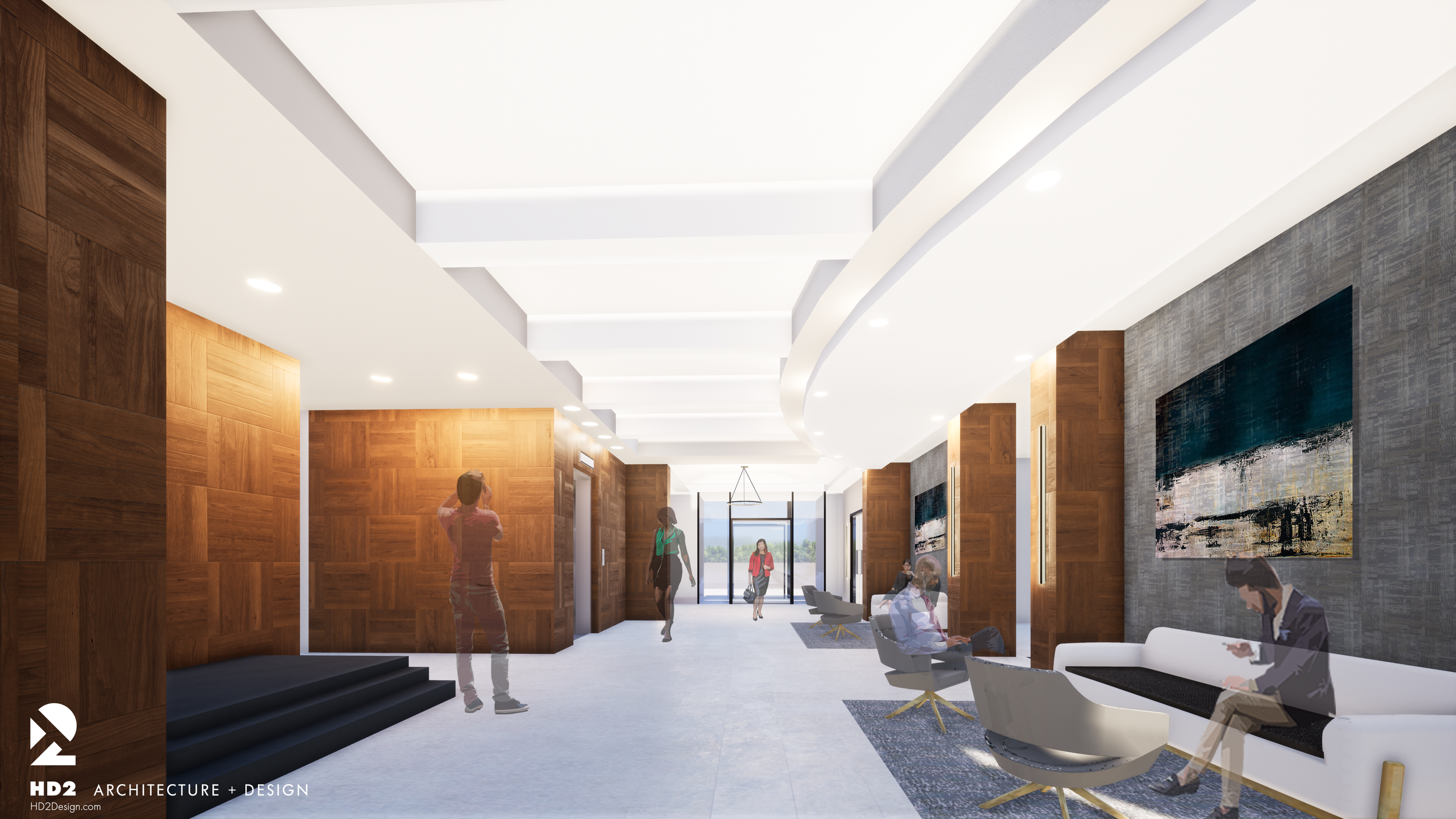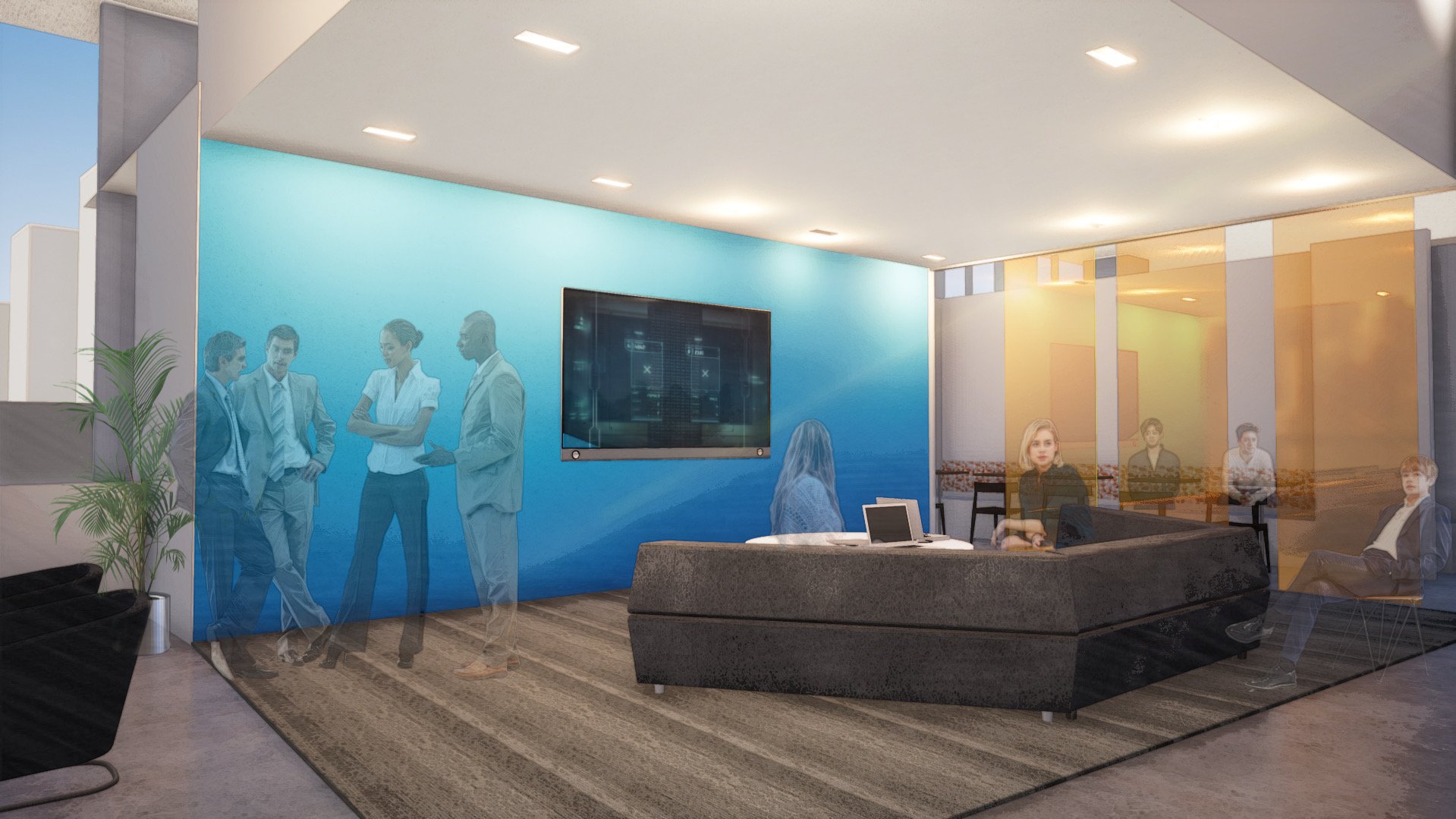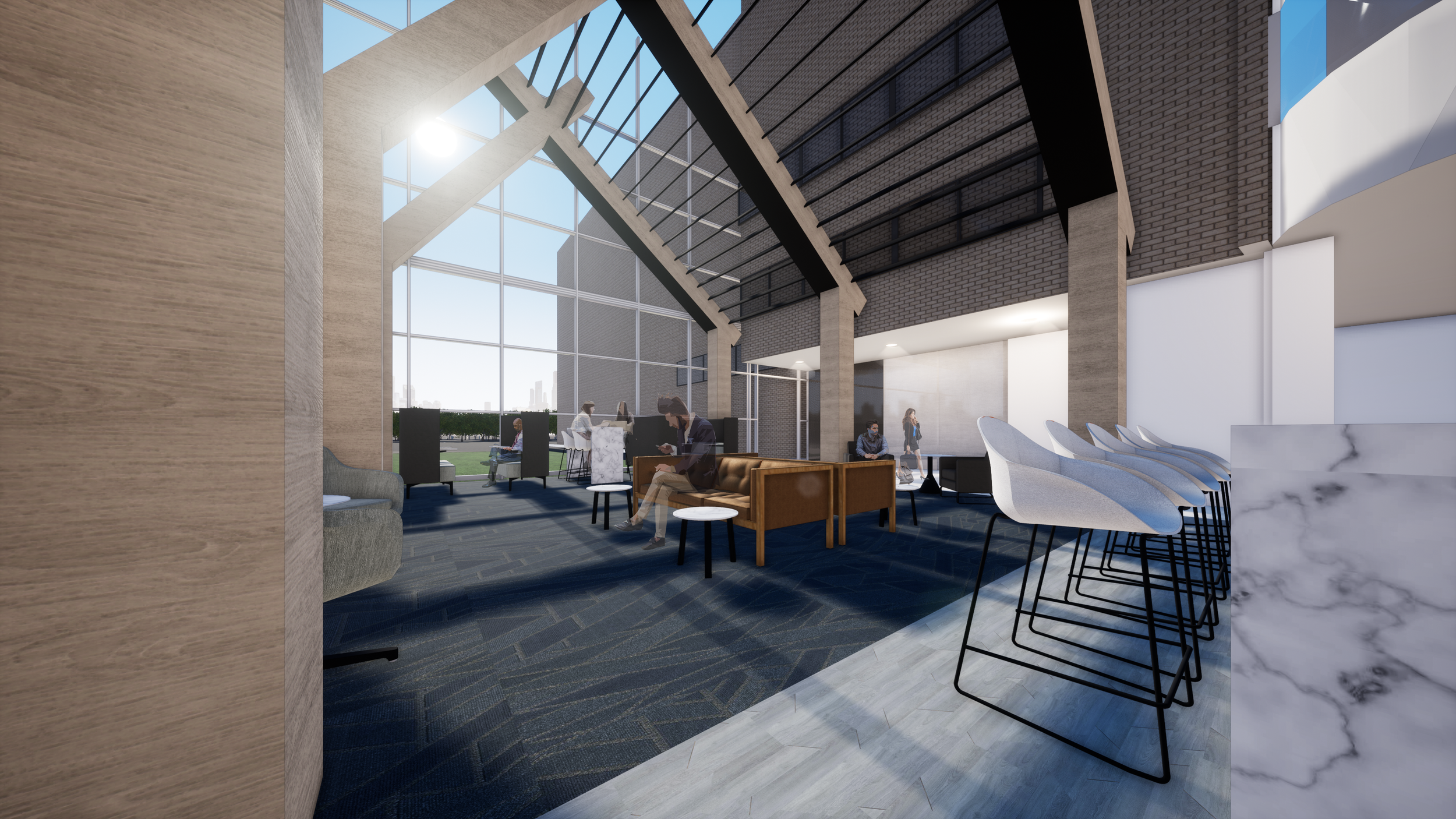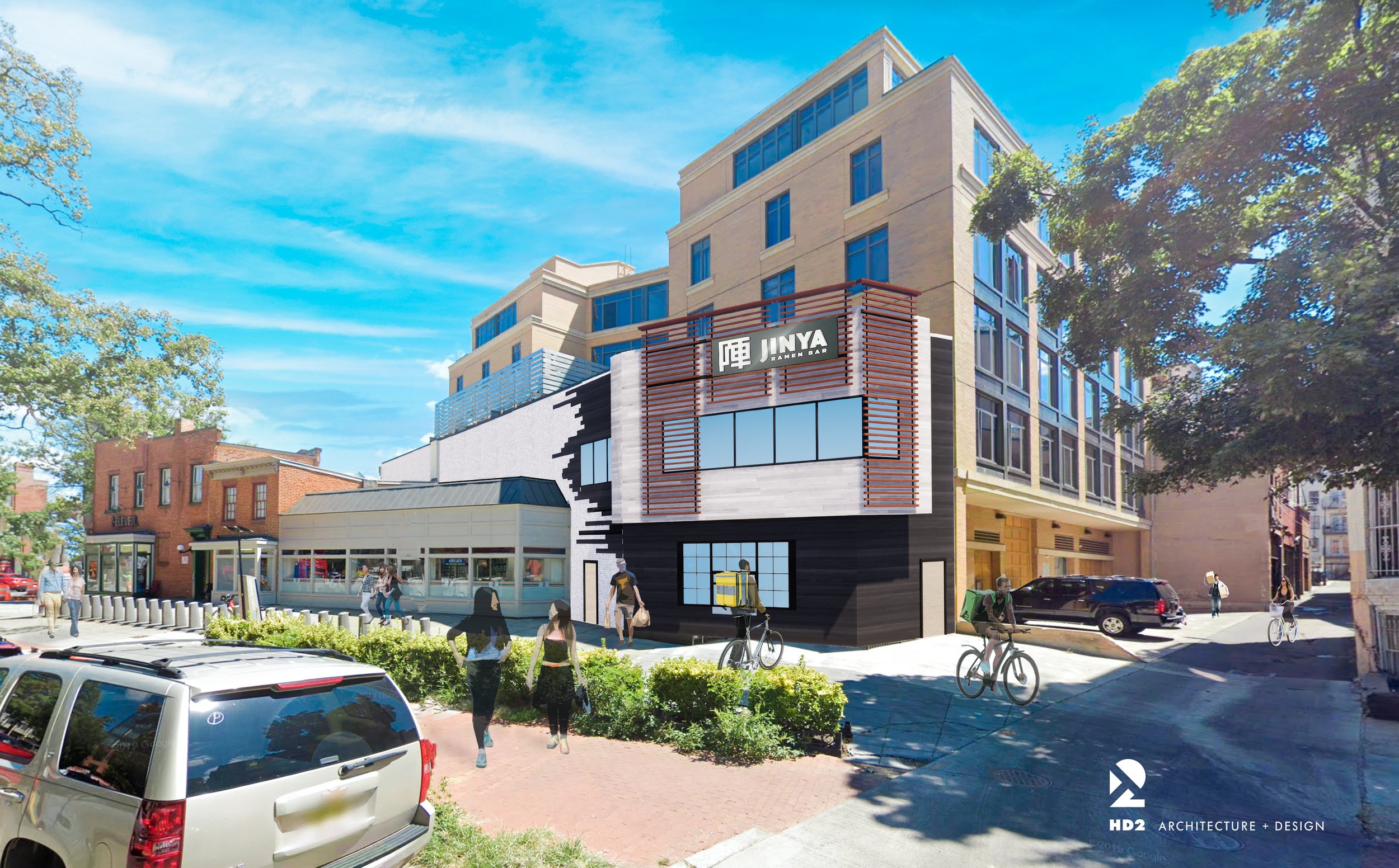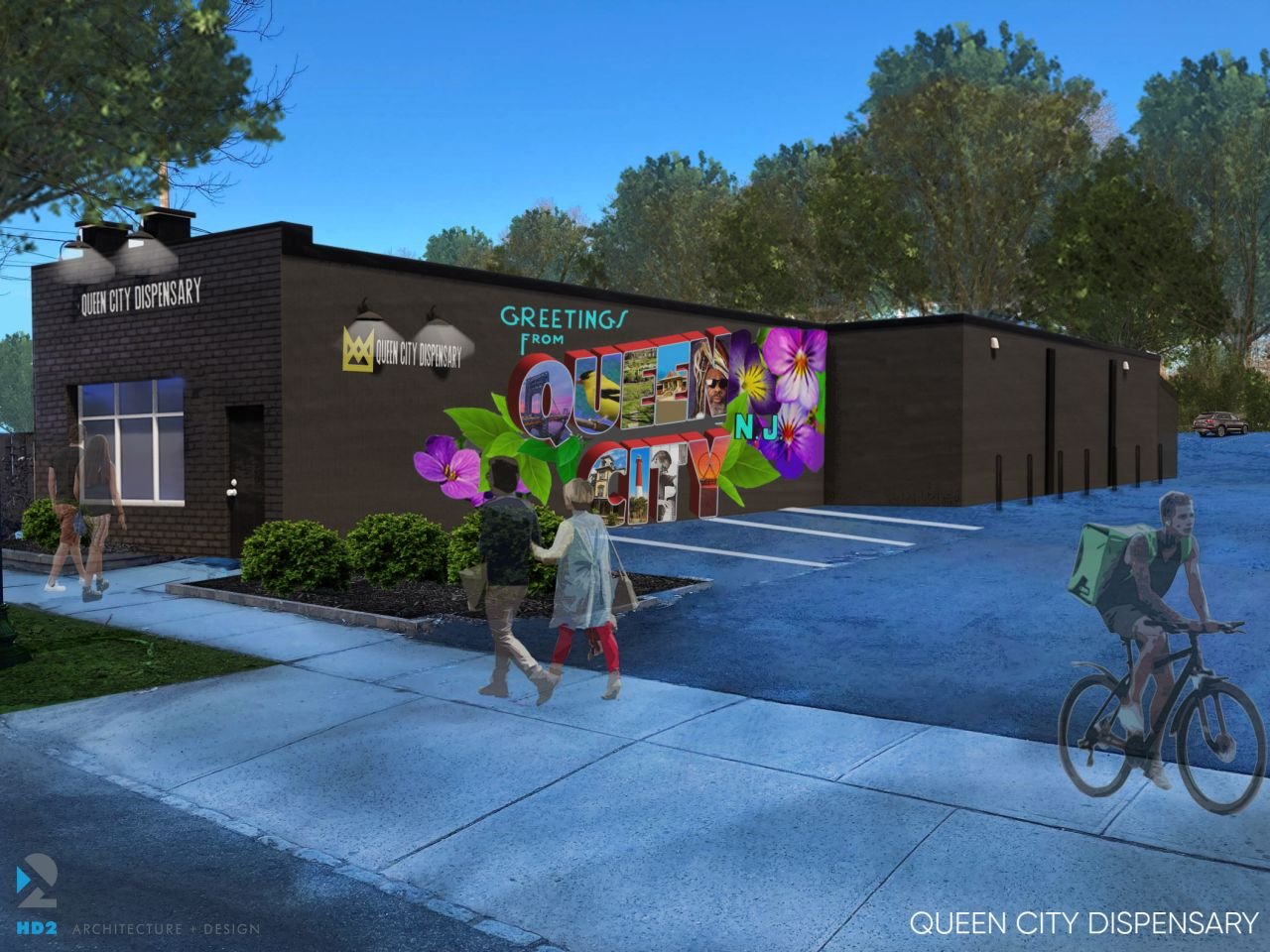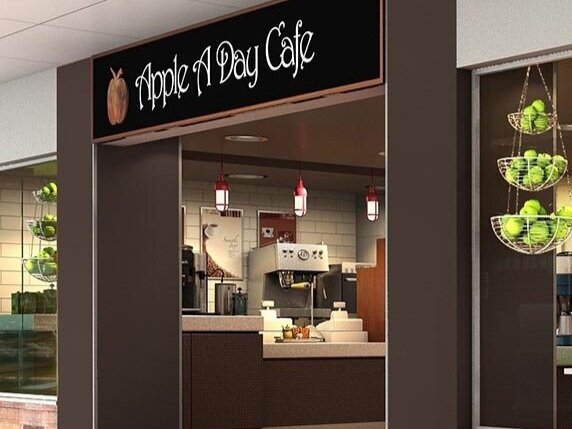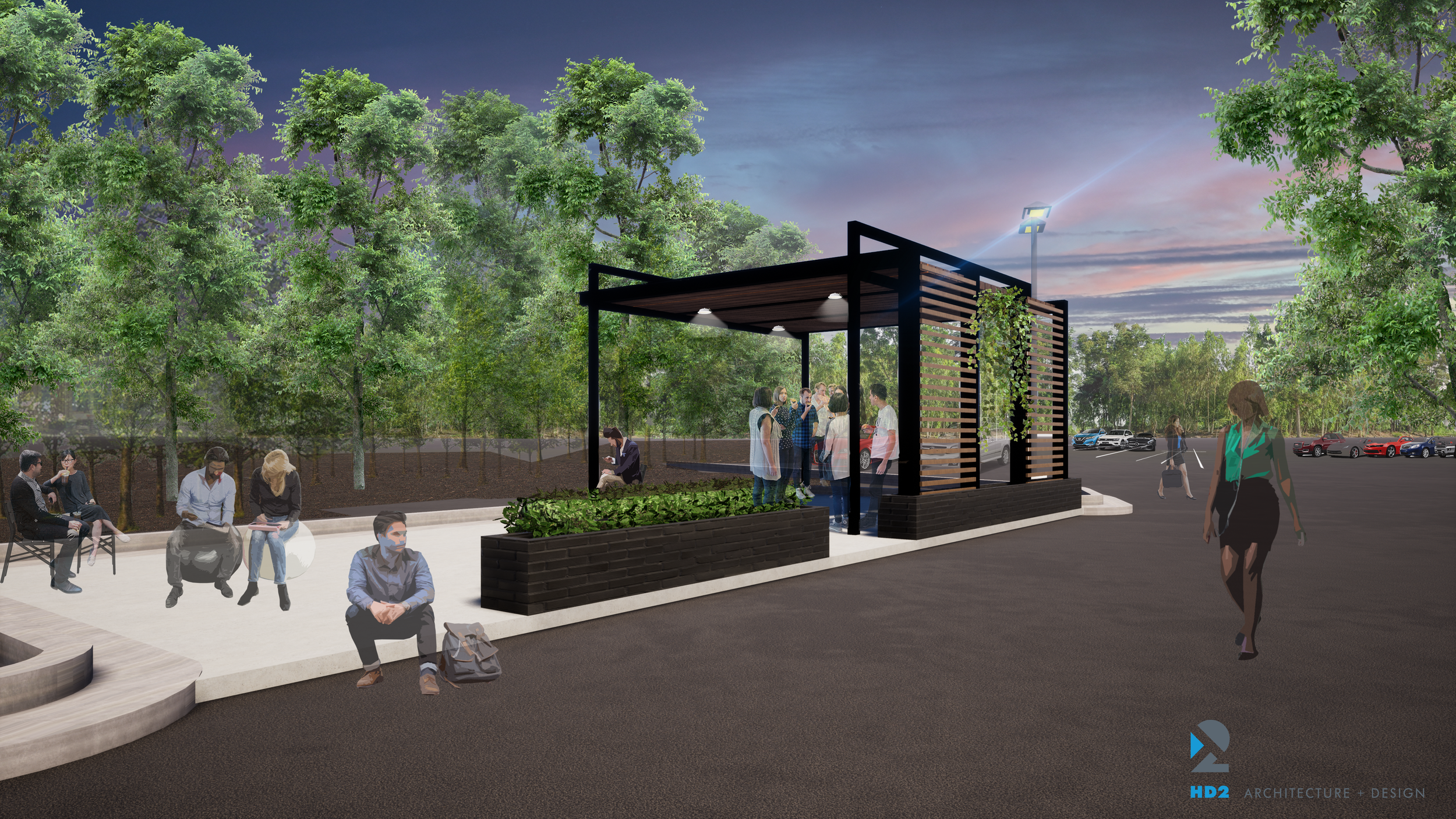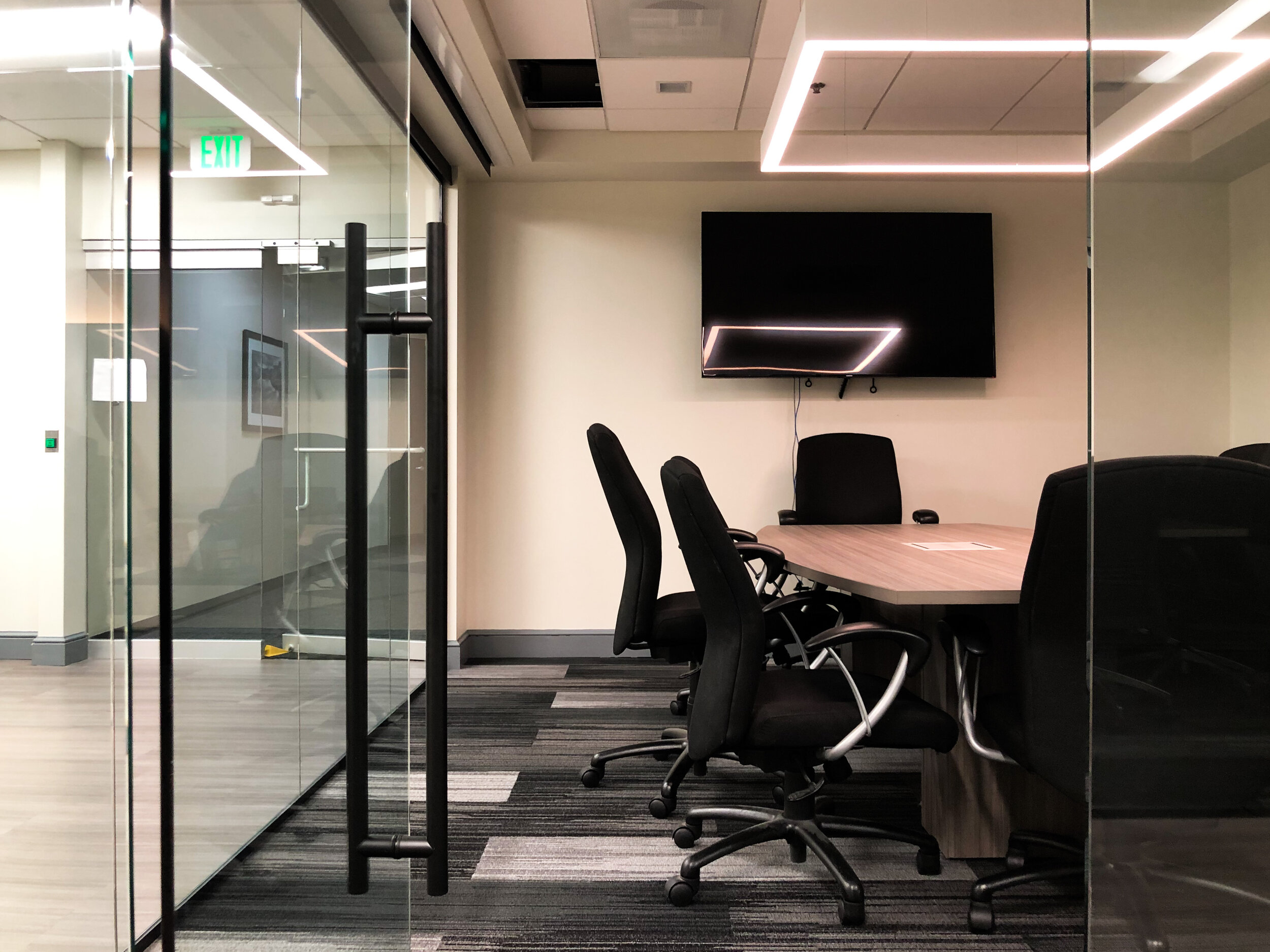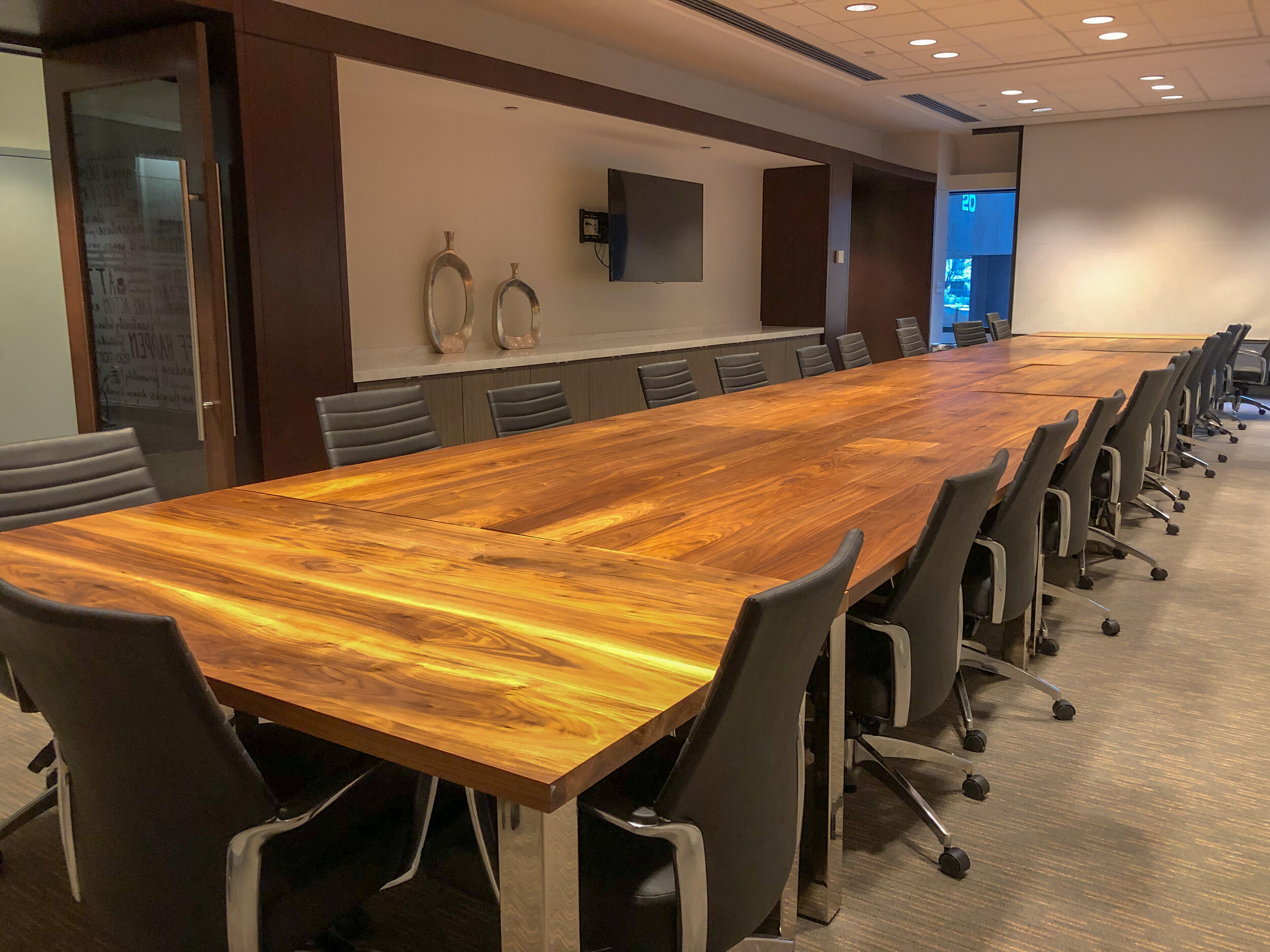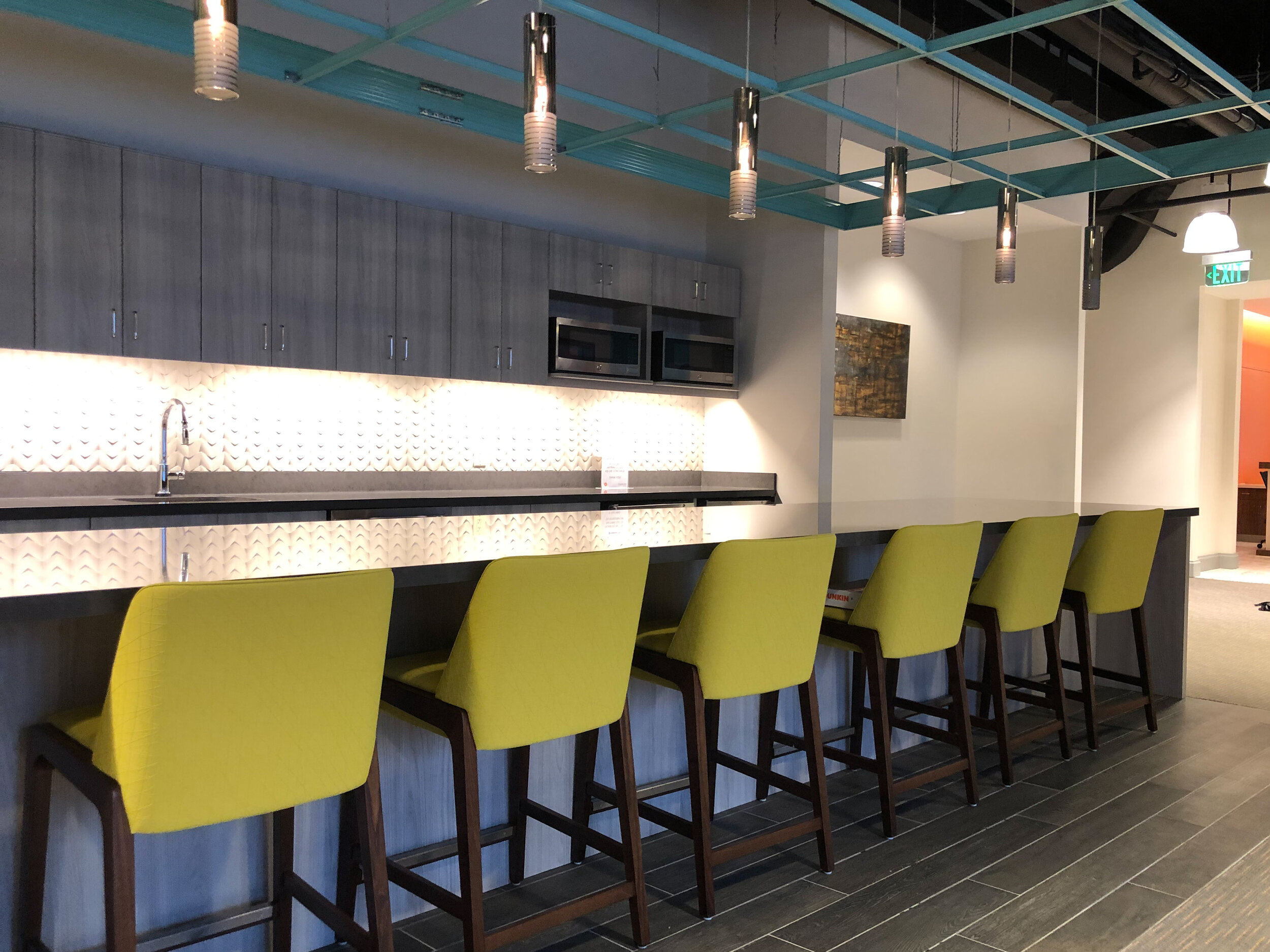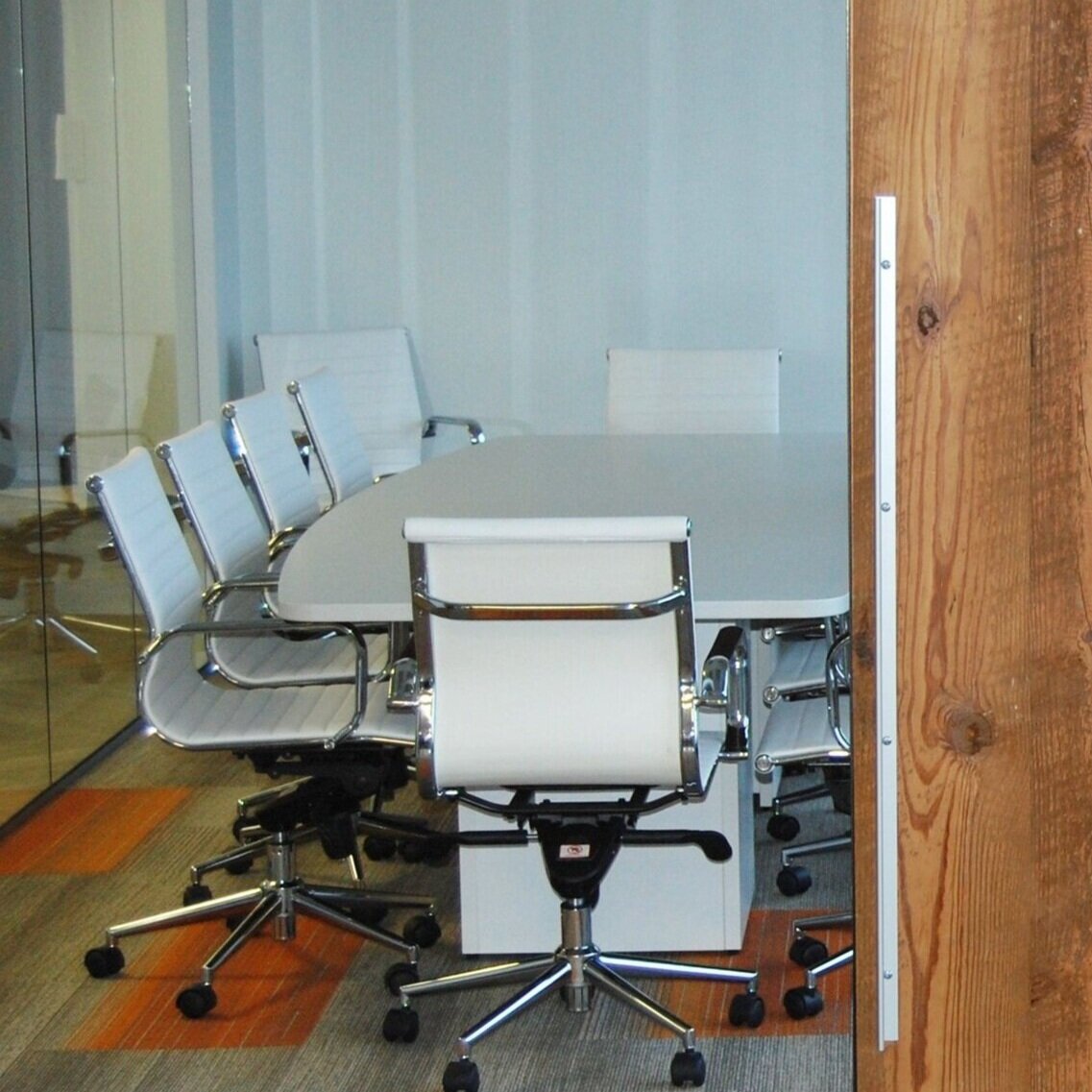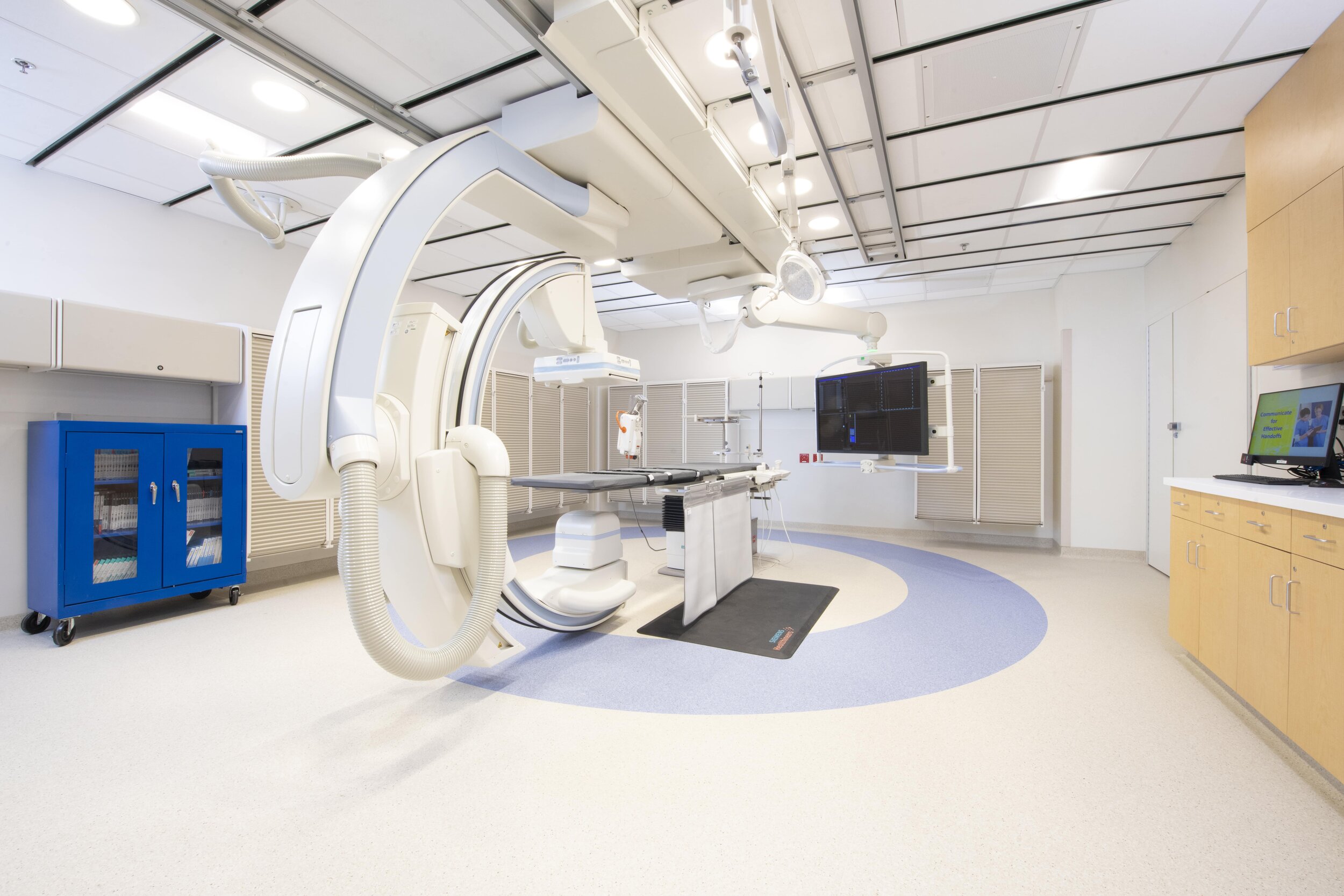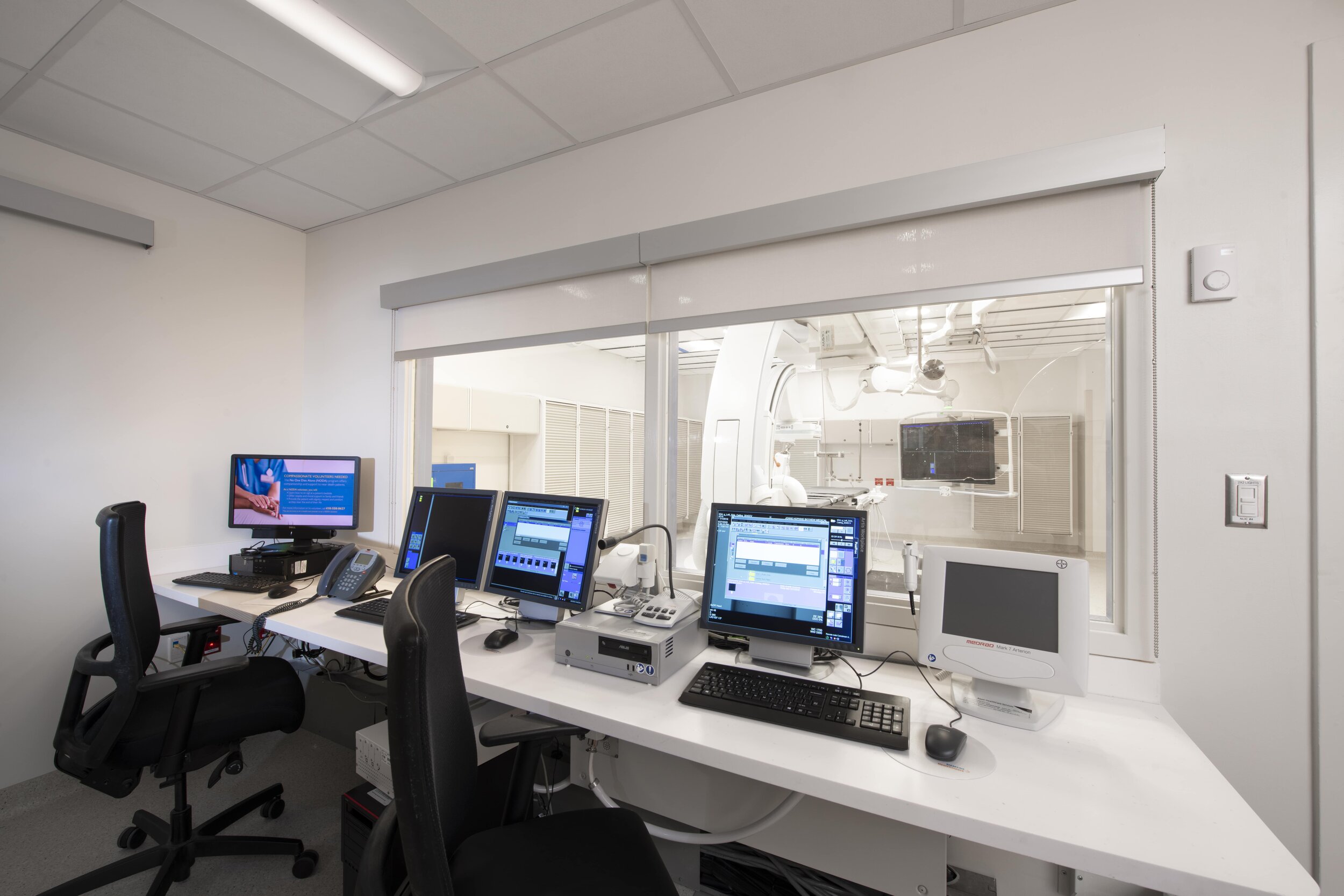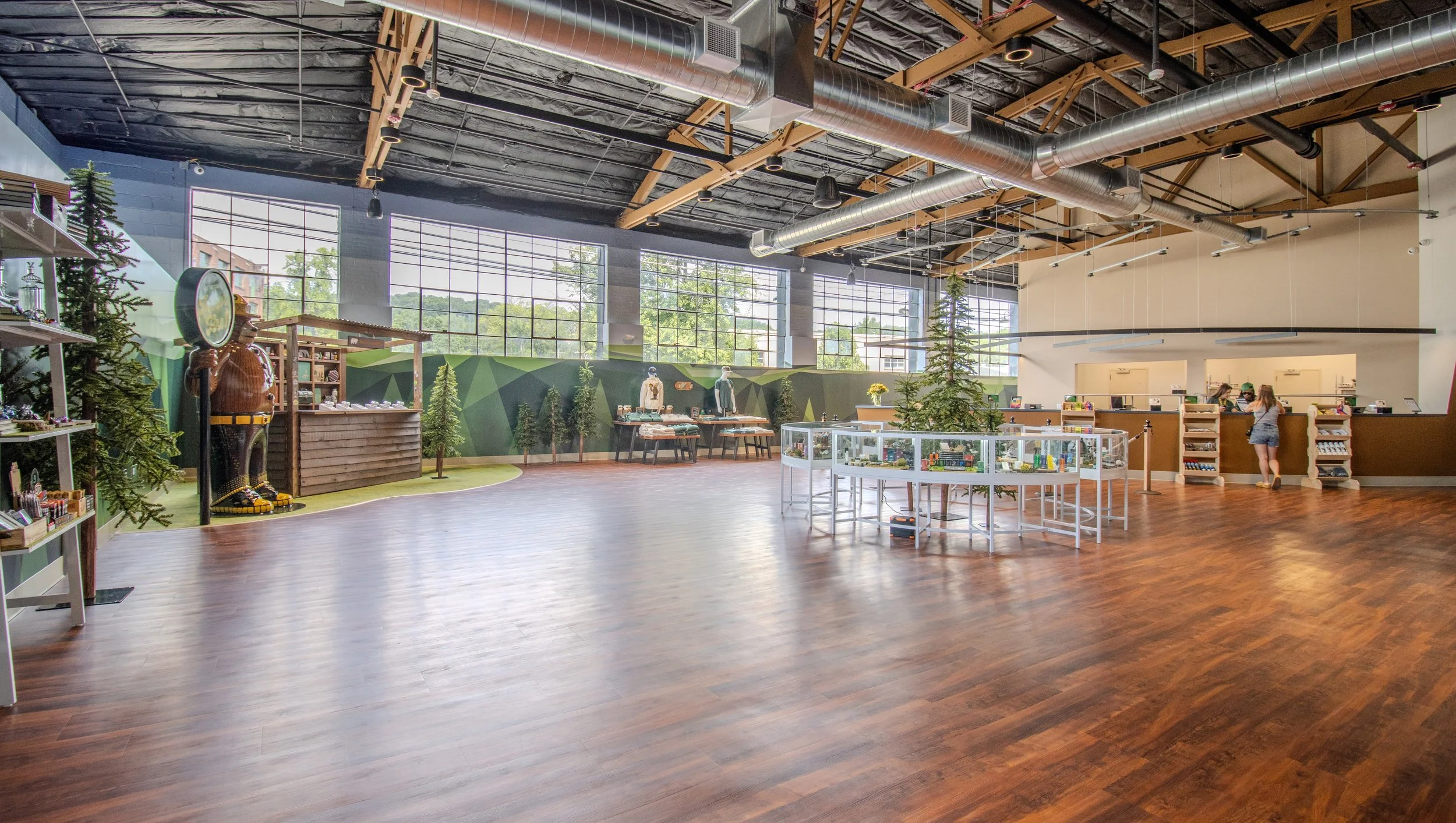
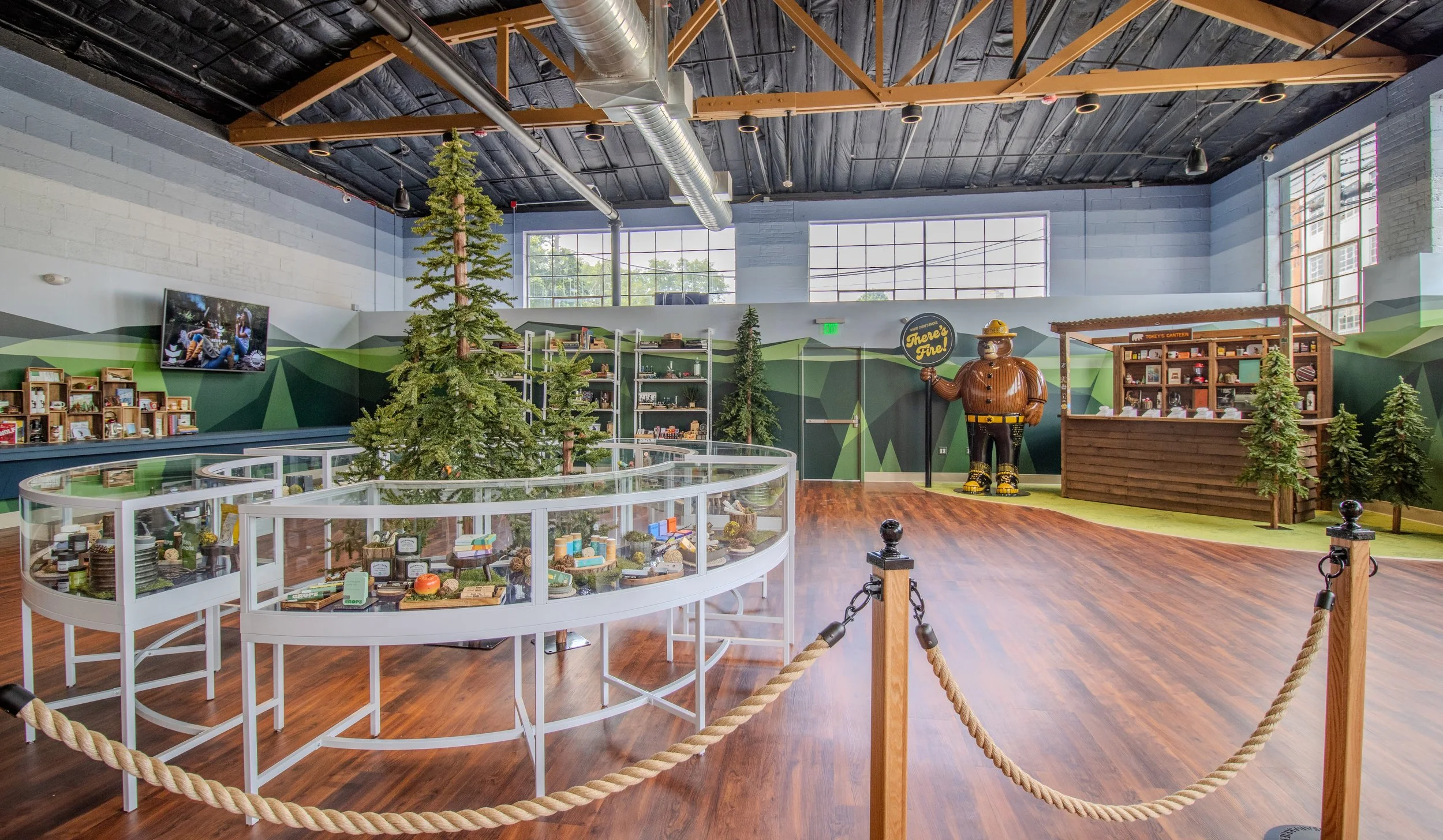
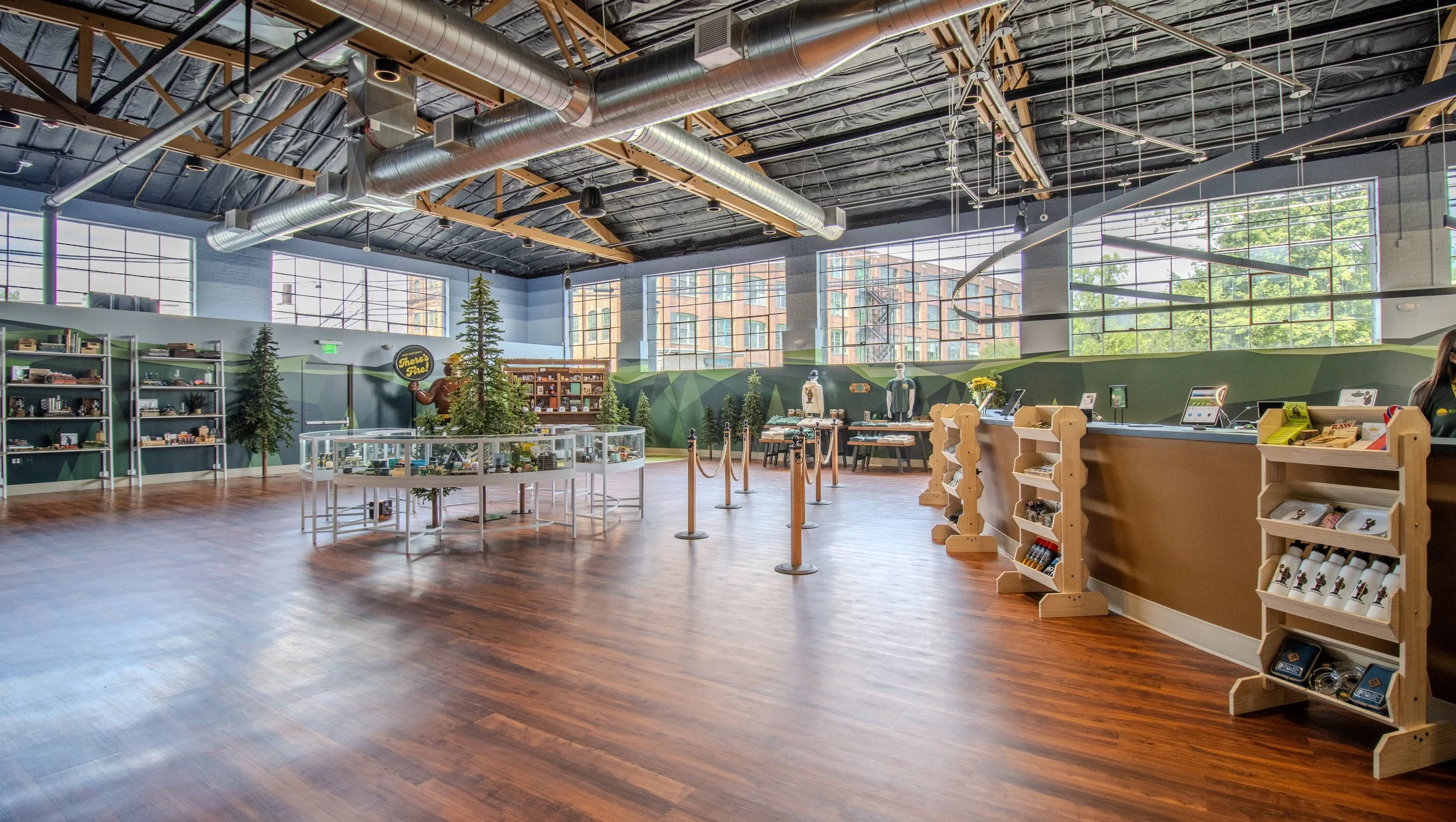
Cannabis retail design continues to evolve, reflecting changing consumer preferences, regulatory requirements, and industry innovations. Here are some emerging trends in cannabis retail design:
Emphasis on Education and Experience
Many dispensaries are shifting towards educational and experiential designs to help consumers understand different strains, consumption methods, and the effects of cannabis products. Interactive displays, informational materials, and knowledgeable staff contribute to a more engaging and informative retail environment.
Customized Spaces
Personalization is becoming increasingly important in cannabis retail design. Dispensaries are creating customized spaces that cater to specific target demographics or consumer preferences, such as wellness-focused stores, luxury boutiques, or eco-friendly environments.
Incorporation of Technology
Integrating technology into the retail experience is a growing trend. This includes digital menus, touchscreen kiosks for product browsing, online ordering systems, and virtual reality experiences.
Sustainability and Eco-Friendly Design
With environmental consciousness on the rise, many cannabis retailers are prioritizing sustainability in their design choices. This can involve using recycled materials, energy-efficient lighting and eco-friendly packaging.
Innovative Dispensary Layouts
Dispensaries are experimenting with unconventional layouts to enhance the shopping experience and optimize operational efficiency. This may include open floor plans, modular fixtures, designated areas for product demonstrations or consultations, and spaces for community events or workshops.
Focus on Safety and Compliance
Given the regulatory requirements surrounding cannabis, safety and compliance remain paramount in dispensary design. This includes features such as secure storage areas, discreet entrances, proper ventilation systems to mitigate odors, and adherence to local zoning regulations.
Brand and Visual Identity
Establishing a strong brand identity is essential in the competitive cannabis market. Dispensaries are leveraging design elements to communicate their brand story, values, and product offerings effectively. This may involve cohesive branding across signage, packaging, and interior design elements.
Adaptability and Flexibility
With the cannabis industry rapidly evolving, dispensaries are designing spaces that can adapt to changing regulations, consumer preferences, and market trends. Flexible layouts and modular furniture allow dispensaries to easily modify their space as needed.
Cannabis retail design is becoming more sophisticated and integrated with broader industry trends in retail and hospitality. As the market continues to mature, we can certainly expect to see further innovations and advancements in dispensary design.
